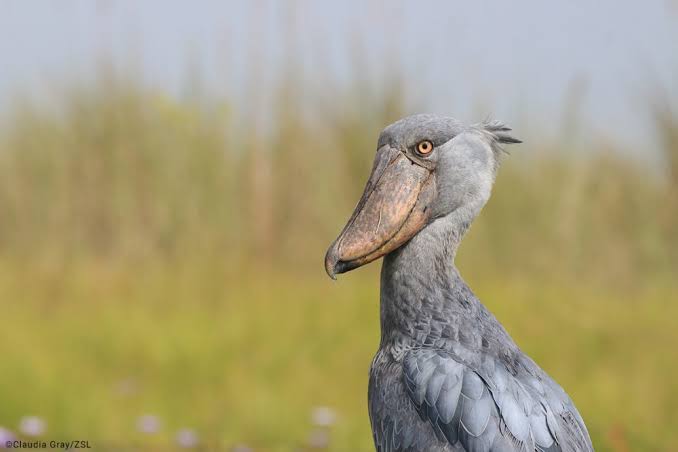
06 Jun Unearthing the Unusual: Discovering East and Southern Africa’s Unique Wildlife
When many people think of Africa, they often picture the iconic wildlife of East and Southern Africa, such as elephants, lions, and zebras. However, these regions are also home to some truly unique and unusual creatures that may not be as well-known but are just as fascinating. From intriguing insects to bizarre birds, East and Southern Africa is a treasure trove of unusual wildlife waiting to be discovered.
One such creature is the aardwolf, a small, shy mammal that is part of the hyena family. Resembling a mix between a fox and a hyena, the aardwolf is primarily nocturnal and feeds on termites. It has a long, sticky tongue that it uses to lap up its prey, making it a highly efficient termite hunter. Found in grasslands and bushvelds, the aardwolf is a unique and intriguing creature that is well worth seeking out in the wild.
Another unusual animal that calls East and Southern Africa home is the aardvark. Despite its name meaning “earth pig” in Afrikaans, the aardvark is actually part of the tubulidentata order and is more closely related to elephants than pigs. With its long snout, powerful claws, and sparse fur, the aardvark is well-adapted for its diet of ants and termites. It is a solitary and nocturnal animal, making it rare to spot in the wild, but its distinctive tracks and burrows can often be seen by those lucky enough to catch a glimpse of this fascinating creature.
Moving on to the avian world, the shoebill stork is a truly bizarre bird that can be found in East Africa, particularly in the swamps and marshes of Uganda, Zambia, and Tanzania. With its large, bulbous bill and towering height, the shoebill stork is an unmistakable sight. It is a patient hunter, standing motionless for hours on end as it waits for fish, frogs, and even small crocodiles to come within striking distance. Despite its intimidating appearance, the shoebill stork is a docile and solitary bird that is a must-see for birdwatchers and wildlife enthusiasts alike.
On the insect front, the Goliath beetle is one of the largest and most impressive beetles in the world and can be found in Southern Africa. With its iridescent exoskeleton and massive size, the Goliath beetle is a sight to behold. Despite its intimidating appearance, the Goliath beetle is harmless to humans and feeds primarily on fruits and sap. It is a popular species among insect collectors and can often be found in markets and souvenir shops in the region.
Lastly, the pangolin is a unique and endangered mammal that is found throughout Africa, including East and Southern Africa. Covered in hard, overlapping scales made of keratin, the pangolin is often referred to as a “walking pinecone.” It is a notoriously elusive and shy animal, curling up into a tight ball when threatened. Unfortunately, the pangolin is one of the most trafficked animals in the world due to the demand for its scales and meat. Conservation efforts are underway to protect this fascinating creature and ensure its survival in the wild.
In conclusion, East and Southern Africa are home to a wide range of unusual and fascinating wildlife that may not be as well-known as the region’s more iconic species. From the aardwolf and aardvark to the shoebill stork and Goliath beetle, these creatures add to the rich tapestry of biodiversity found in Africa. By exploring the lesser-known wildlife of East and Southern Africa, we can gain a deeper appreciation for the natural world and the incredible diversity of life on our planet.

